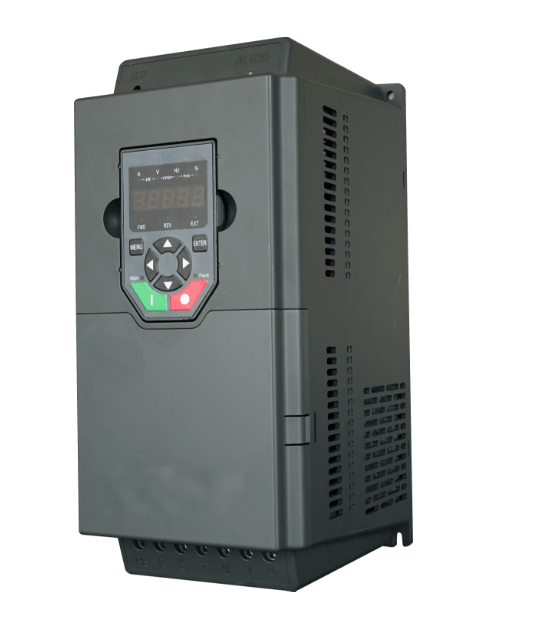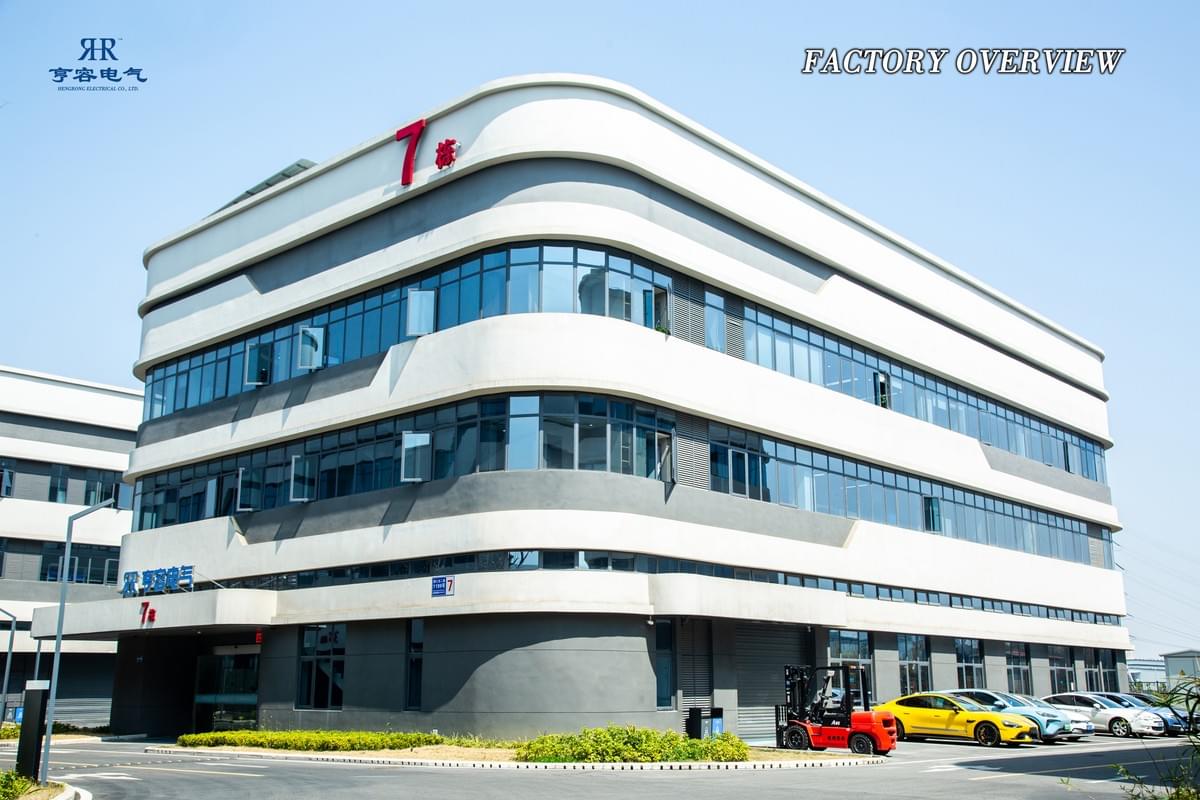With the rapid development of modern industry, frequency conversion technology plays an increasingly vital role in energy savings, intelligent manufacturing, and process optimization. As one of the core devices, the general-purpose inverter not only improves motor operating efficiency but also brings greater flexibility and reliability to a wide range of industrial applications. However, without proper management and scientific maintenance, inverters may encounter various faults during long-term operation, which can impact production efficiency and increase operational costs.
Functions and Structure of General-Purpose Inverters

Structurally, inverters typically include rectifier units, inverter units, DC links, detection circuits, and control circuits, supported by dedicated software systems. Since these devices contain sensitive power semiconductor components and signal detection circuits, they operate in a complex electromagnetic environment and are therefore highly susceptible to interference, making reliable maintenance even more critical.
Common Faults and Their Impact

In real-world applications, inverters may face several common issues:
- Overvoltage and Overcurrent: Often caused by improper parameter settings, sudden load fluctuations, or power grid disturbances, leading to protective shutdowns.
- Overload and Overheating: Prolonged operation under heavy loads or poor cooling conditions accelerates component aging and shortens service life.
- Parameter Misconfiguration: Incorrect settings that do not match operating conditions can result in unstable motor performance during start-up, acceleration, or braking.
Such failures not only disrupt production continuity but may also cause unnecessary financial losses, highlighting the importance of timely monitoring and preventive measures.
Maintenance and Management Recommendations

To ensure the long-term stable operation of inverters, enterprises should adopt a combination of preventive maintenance and effective daily management:
- Regular Inspections
- Check ventilation ducts and cooling fins, removing dust and oil residues.
- For units in long-term storage, perform periodic no-load operation to prevent capacitor degradation.
- Inspect insulation, wiring, and cooling fans, replacing damaged parts promptly.
- Scientific Management
- Monitor panel indicators closely, and stop operation immediately when abnormal voltage or current is detected.
- Regularly verify three-phase balance and ensure system voltage remains within the safe range.
- Configure acceleration, deceleration, and braking parameters appropriately to avoid instability.
- Optimized Operating Environment
- Maintain good ventilation, keeping the ambient temperature below 40°C.
- Ensure installations meet professional standards, minimizing environmental risks.
Conclusion
General-purpose inverters are not only essential components of industrial automation systems but also powerful tools for enterprises aiming to enhance energy efficiency and competitiveness. By adopting a “prevention first, maintenance second” strategy—through scientific management and targeted servicing—businesses can significantly reduce equipment failures, extend product lifespan, and guarantee safe, stable, and efficient production.

As the industrial landscape continues its shift toward digitalization and sustainability, Hengrong Electrical remains committed to empowering our customers with cutting-edge electrical products. By combining years of field expertise with intelligent design and tailored support, we help businesses unlock greater efficiency, safety, and adaptability on their production lines.
Whether you're enhancing legacy systems or building the factories of tomorrow, trust Hengrong Electrical to be your partner in smart, reliable, and future-ready power control.
